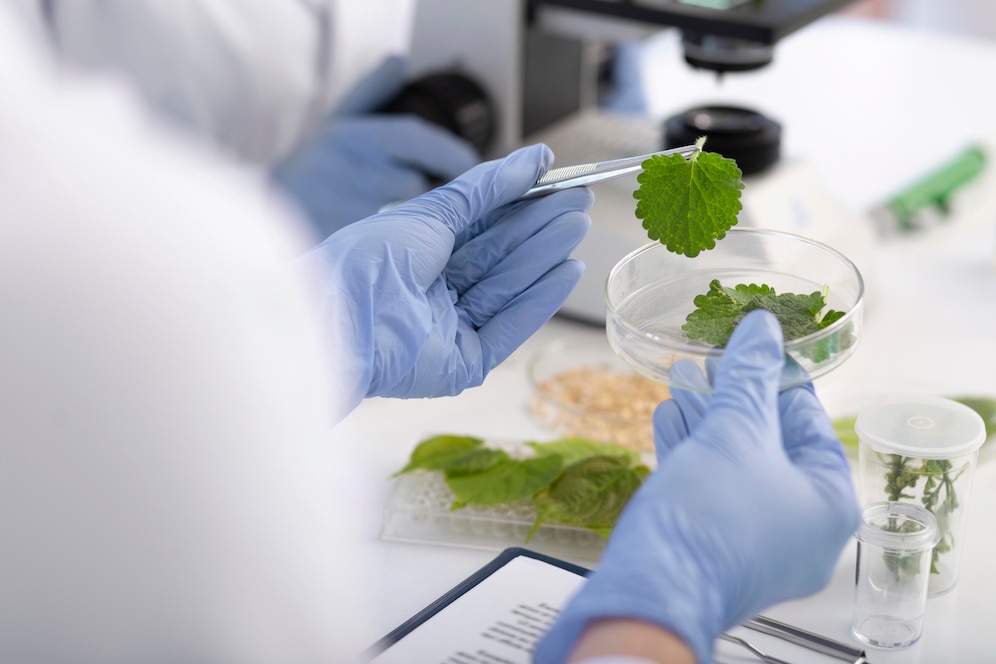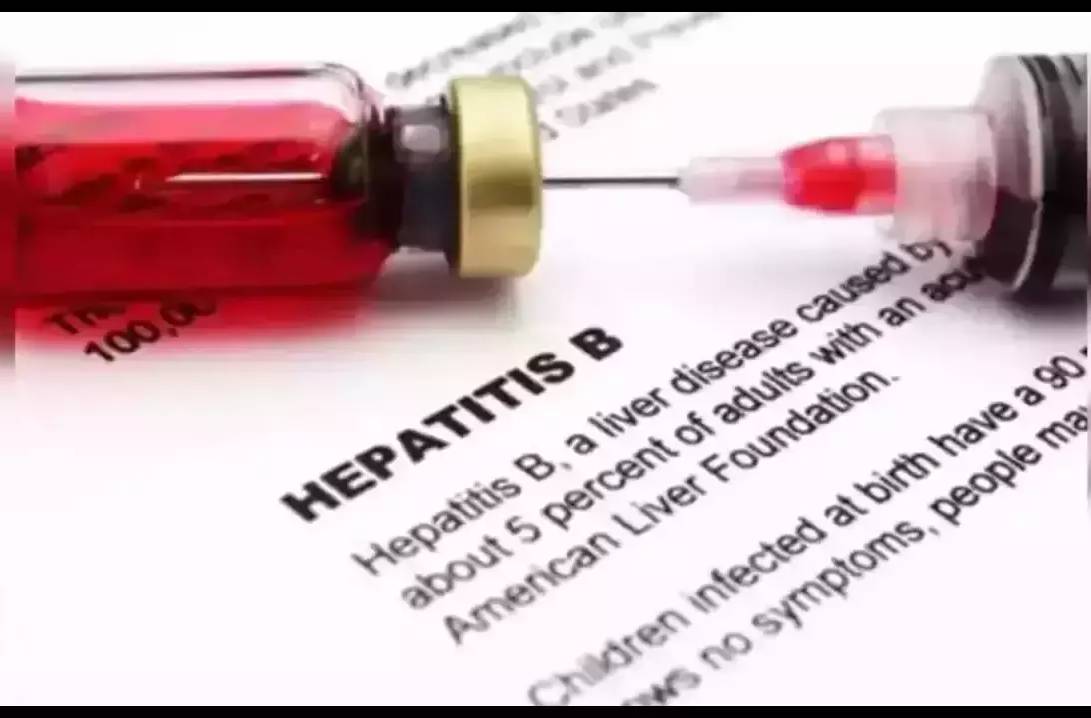The Science Blog

Edible Vaccines: The Next Big Thing in Immunization?
In recent years, the field of immunisation has witnessed remarkable advancements. Vaccine innovation taking centre stage in the global health arena. Edible vaccines are an exciting new idea. They could change how we view vaccination. This blog looks at edible vaccines. It explores their potential and the science behind them. It also discusses what this means for public health.
Vaccination is a key part of public health. It stops many diseases and saves millions of lives. Traditional vaccines, given by injections or nasal sprays, work well. However, they come with some challenges. Issues such as vaccine storage, distribution, and needle phobia can hinder immunisation efforts. Try edible vaccines. They are a biotech breakthrough. This new option could solve these problems, making vaccines easier to access and more enjoyable to take.
The idea of edible vaccines is simple yet revolutionary. Instead of receiving a shot, individuals could consume a vaccine in the form of a food product, such as a fruit or vegetable. This idea makes vaccinations easier. It could also increase vaccine uptake, especially in areas with weak healthcare systems.
Key Benefits of Edible Vaccines
1. Accessibility and Distribution
One of the most significant advantages of edible vaccines is their potential to improve accessibility. Traditional vaccines need cold storage and transportation. This creates challenges, especially in low-resource areas. Edible vaccines, on the other hand, can be grown locally and do not require refrigeration, making them easier to distribute and store.
2. Enhanced Compliance
Needle phobia is a common barrier to vaccination, particularly among children. Edible vaccines remove the need for injections. This makes getting immunized more appealing and less scary. This could lead to higher vaccination rates and better compliance with immunisation schedules.
3. Cost-Effectiveness
The production of edible vaccines could be more cost-effective than traditional vaccine manufacturing. By using plants as bioreactors, the need for expensive production facilities and equipment is reduced. This cost-saving potential could help make vaccines cheaper and easier to access for more people.
4. Scalability
The scalability of edible vaccines is another attractive feature. Plants can be cultivated on a large scale, allowing for mass production of vaccines. This scalability is especially helpful during pandemics or outbreaks. Rapid vaccine deployment is crucial then.
The Science Behind Edible Vaccines

Edible vaccines are made by using genetic engineering to add vaccine antigens to plants. These antigens are proteins that trigger an immune response in the body, similar to traditional vaccines. Scientists insert the gene encoding the antigen into the plant’s DNA, allowing the plant to produce the antigen as it grows.
Plant-Based Bioreactors
Plants such as potatoes, tomatoes, bananas, and rice have been explored as potential hosts for edible vaccines. These plants act as bioreactors, producing the antigen within their tissues. When you consume it, the immune system recognises the antigen. This triggers an immune response, which helps protect against the target disease.
Stability and Dosage
Stability and the right dosage of the vaccine antigen are key for edible vaccines to work well. Researchers are improving how plants express antigens. This aims to create steady and dependable immune responses. Finding the right dosage for various age groups and populations is still being researched.
Regulatory Considerations
Like any new medical treatment, edible vaccines need thorough testing and approval before they can be used widely. This includes evaluating their safety, efficacy, and potential environmental impact. Regulatory agencies like the FDA, WHO, and EMA are key in making sure edible vaccines meet public health standards.
Challenges and Concerns
Edible vaccines have many benefits, but they also come with challenges and concerns that need attention:
- Standardisation and Consistency: Make sure every plant produces the right amount of antigen for immunisation.
- GMO Controversy: Many edible vaccines use genetic modification. This can lead to worries about public acceptance and regulatory challenges.
- Cross-Pollination Risks: Genetically modified plants can mix with non-modified ones. This may lead to possible environmental risks.
- Dosage Control: Edible vaccines are different from traditional ones. In traditional vaccines, doses are measured precisely. But with edible vaccines, ensuring a consistent dosage is still a challenge.
Case Studies and Current Research

1. Potato-Based Hepatitis B Vaccine
Researchers have developed genetically modified potatoes that express Hepatitis B surface antigens. Early trials have shown that consuming these potatoes induces an immune response in test subjects.
2. Tomato-Based Cholera Vaccine
Scientists have created tomatoes that make a part of the cholera toxin. This could help trigger immunity against cholera infections.
3. Rice-Based Allergy Vaccine
Japanese researchers are working on rice-based vaccines for seasonal pollen allergies. This shows the promise of plant-based immunotherapy.
Advanced Insights & Expert Recommendations
Best Practices for Development
- Collaborative Research: Creating edible vaccines needs teamwork. Plant biotechnologists, immunologists, and public health experts must work together. A multidisciplinary approach is essential for addressing the complex challenges involved.
- Public Engagement: It’s important to connect with the public and discuss concerns about GMOs. Transparency and education can help build trust and acceptance of edible vaccines.
Common Pitfalls
- Environmental Concerns: We must manage the potential impact of genetically modified plants on the ecosystem. Strategies such as using containment measures and non-food plants can mitigate these risks.
- Vaccine Efficacy: Making sure edible vaccines give strong and lasting immunity is a big challenge. Ongoing research is needed to optimise antigen expression and delivery.
Future Prospects and Industry Perspectives
The future of edible vaccines holds exciting possibilities. New techniques in synthetic biology and genetic engineering may help create vaccines for more diseases. This includes diseases that have been tough to target with traditional vaccines. Also, using nanotechnology with plant biotechnology can improve how edible vaccines are delivered and how well they work.
Industry experts are optimistic about edible vaccines’ potential to transform global health. Biotech companies, research institutions, and governments must partner to advance this technology and get it to market. Public-private partnerships can speed up the development and use of edible vaccines. This way, they can get to the people who need them most.
Edible Vaccines: A Revolutionary Step Toward a Healthier Future
Edible vaccines represent a promising frontier in vaccine innovation. They offer a novel approach to immunisation that could overcome many of the limitations of traditional vaccines. Edible vaccines use plant biotechnology. They can make vaccines easier to access, cheaper, and more convenient. This could lead to better health for people worldwide.
As research grows, we may soon eat a banana or tomato to fight disease. Edible vaccines face challenges, but their benefits are exciting. They offer new solutions for global health issues.
The journey towards edible vaccines is a testament to the power of scientific innovation and collaboration. Could edible vaccines indeed be the next big thing in immunisation? Only time will tell, but the prospects are undeniably promising.









